Wartime production in Canada
Item set
Items
-
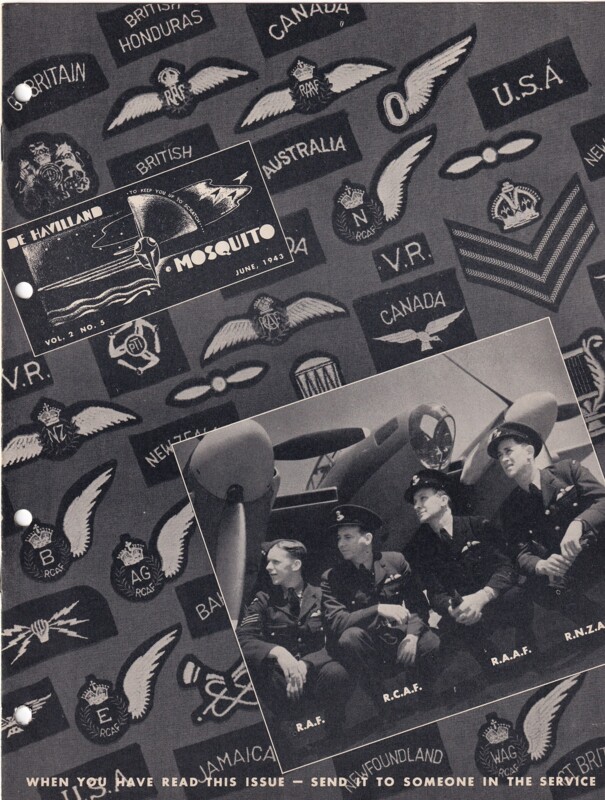
De Havilland Mosquito (June 1943)
-
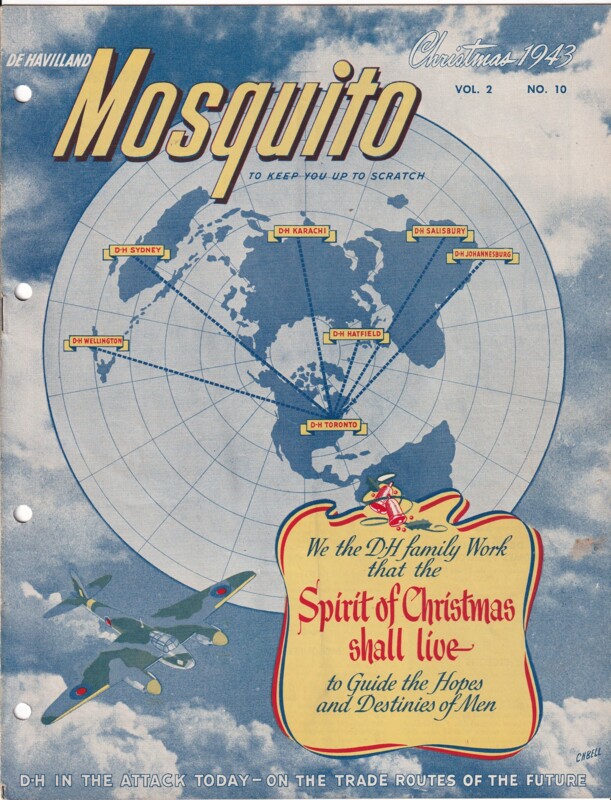
De Havilland Mosquito (Christmas 1943)
-
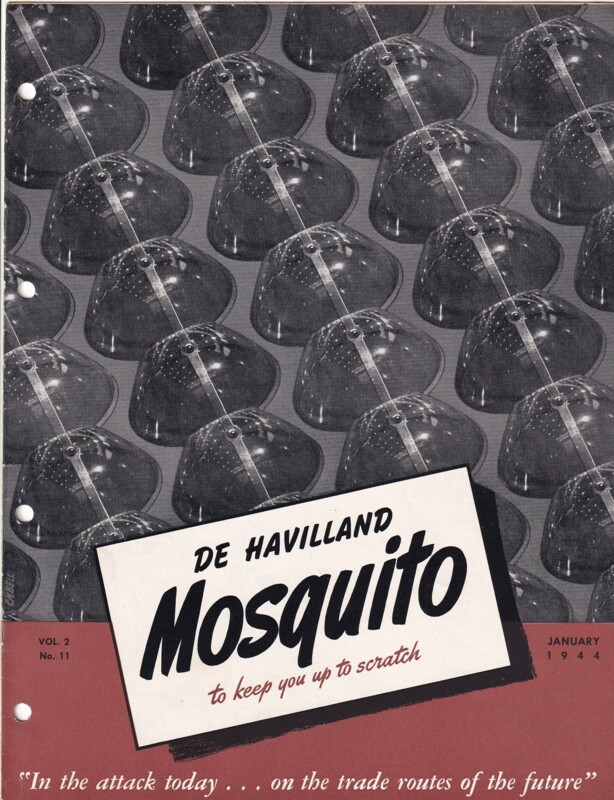
De Havilland Mosquito (Jan 1944)
-
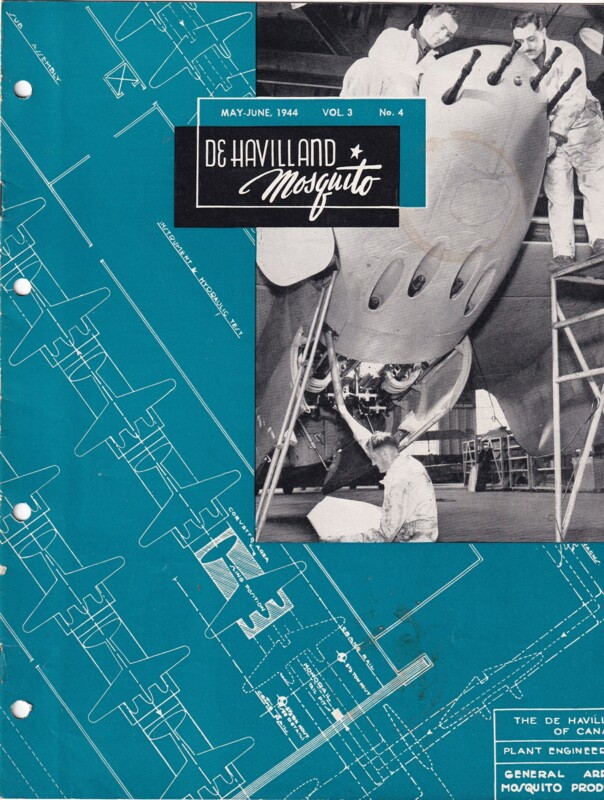
De Havilland Mosquito (May - June 1944 )
-
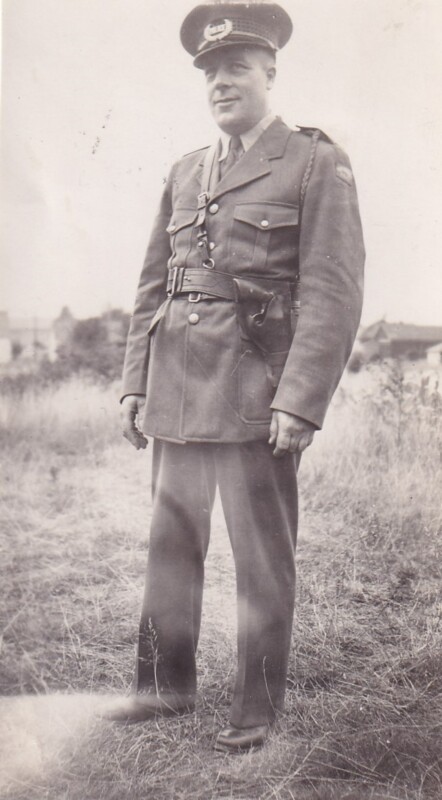
Fleet Aircraft Limited Guard (c. 1943)
-
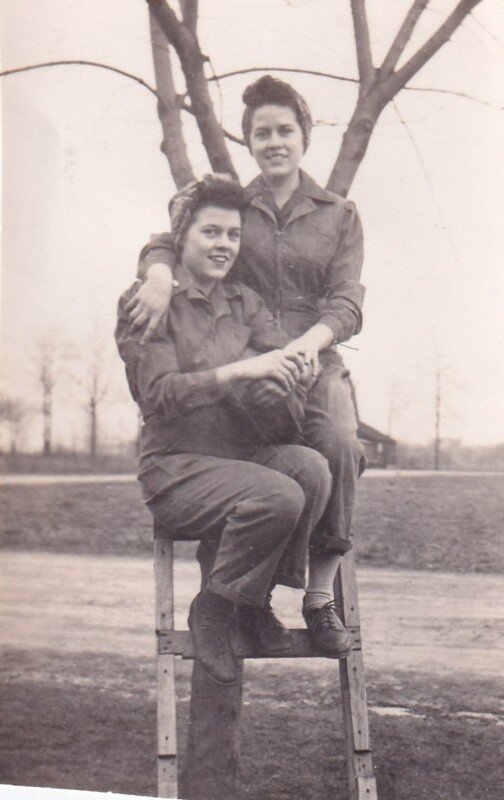
Fleet Aircraft Limited Factory Workers (c. 1943)
-
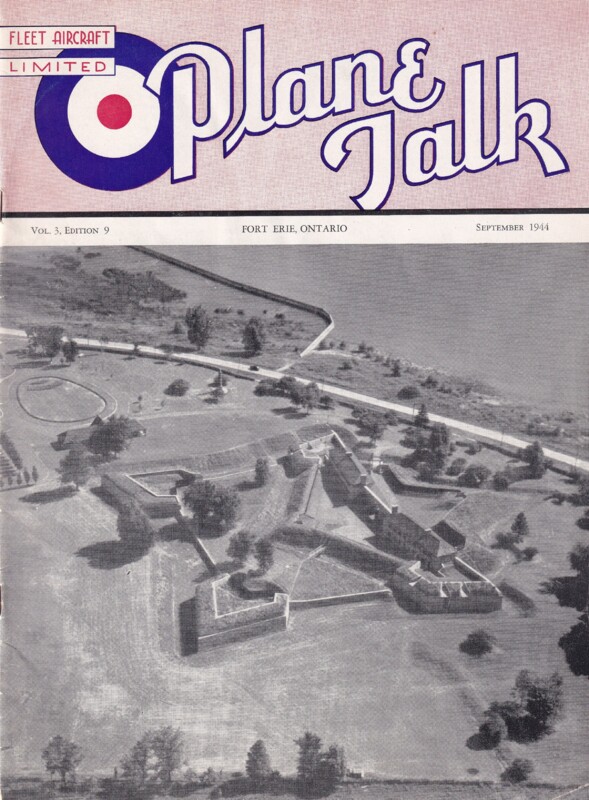
Fleet Aircraft Limited Plane Talk (September 1944)
-
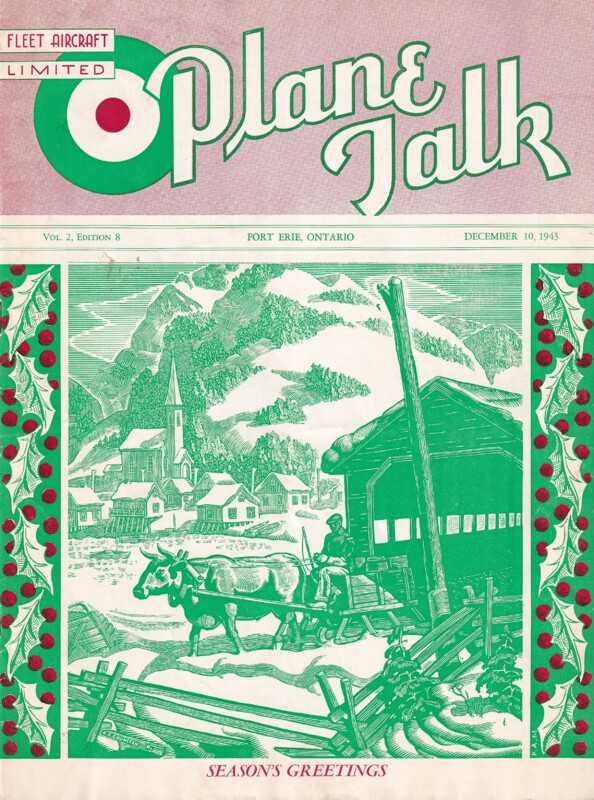
Fleet Aircraft Limited Plane Talk (December 1943)
-
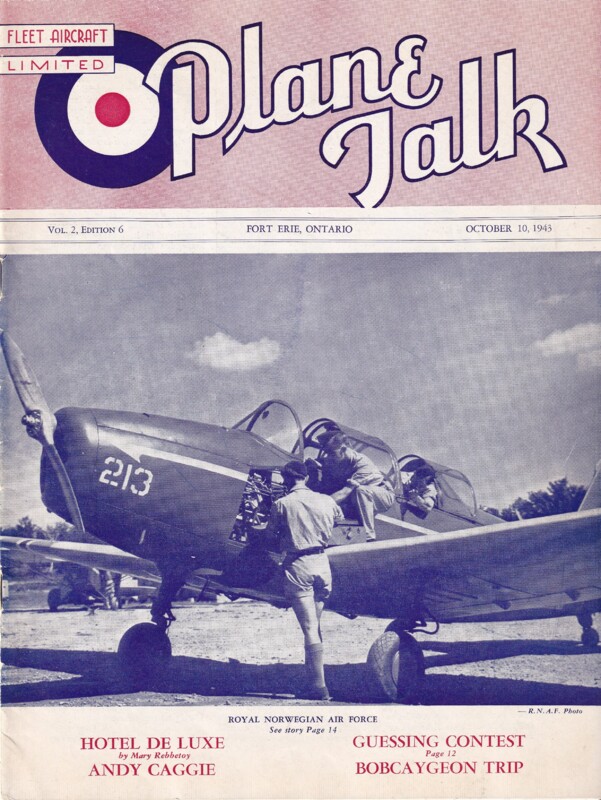
Fleet Aircraft Limited Plane Talk (October 1943)
-
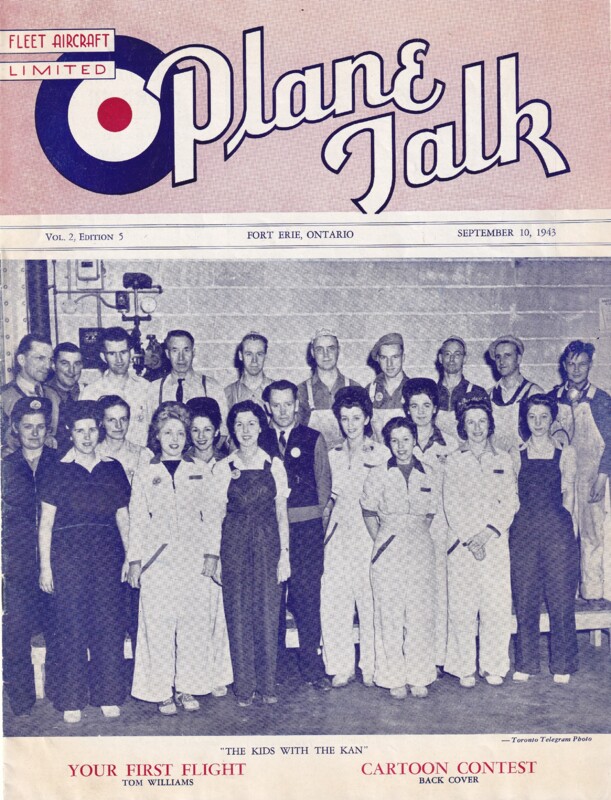
Fleet Aircraft Limited Plane Talk (September 1943)
-
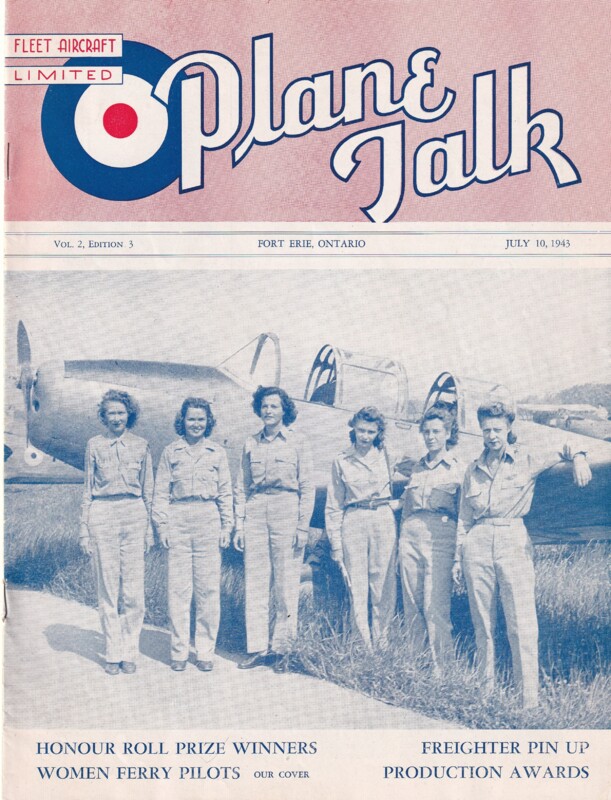
Fleet Aircraft Limited Plane Talk (July 1943)
-
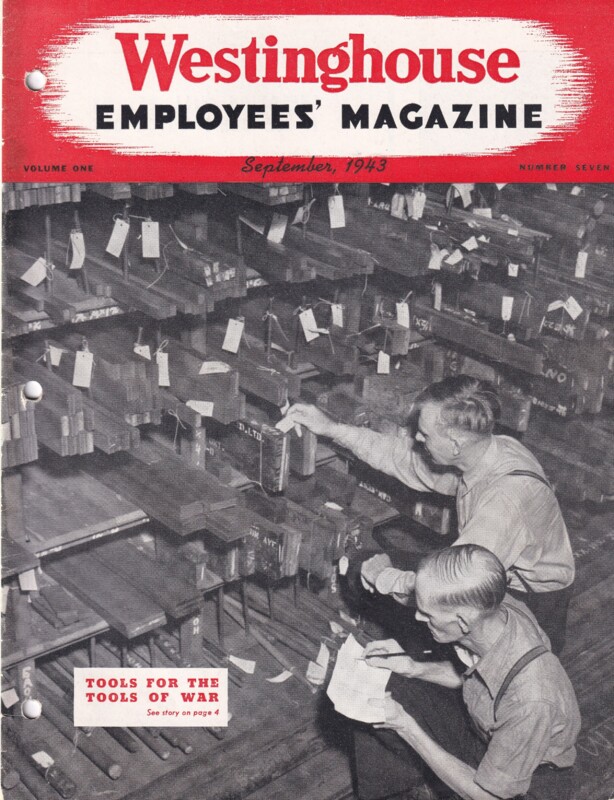
Westinghouse Employee Newsletter (September 1943)
-
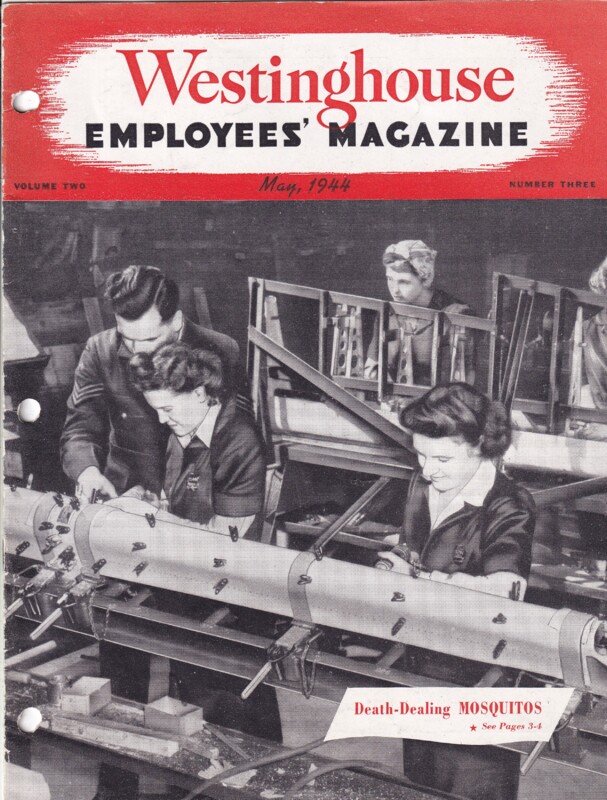
Westinghouse Employee Newsletter (May 1944)
-
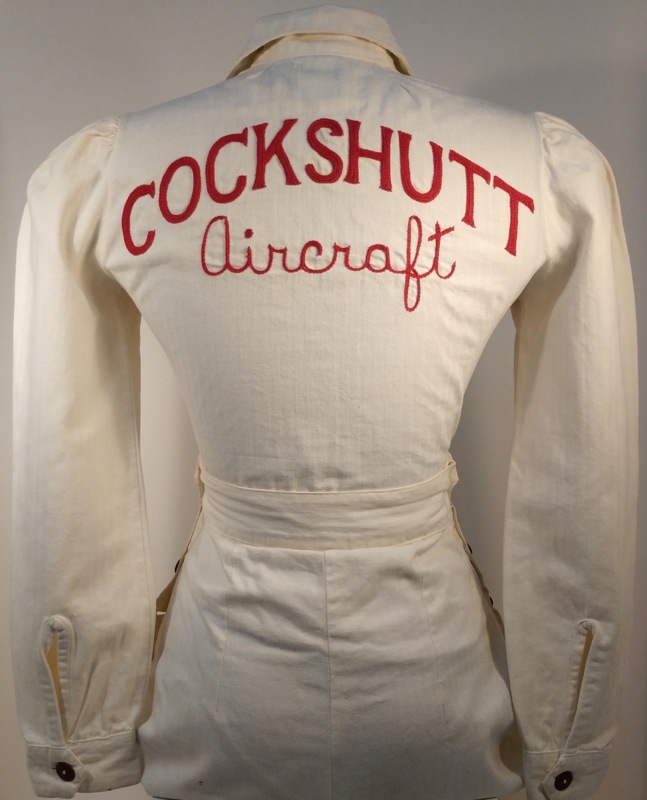
Coveralls
-
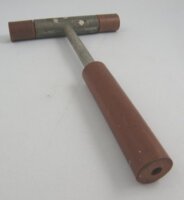
Hammer
